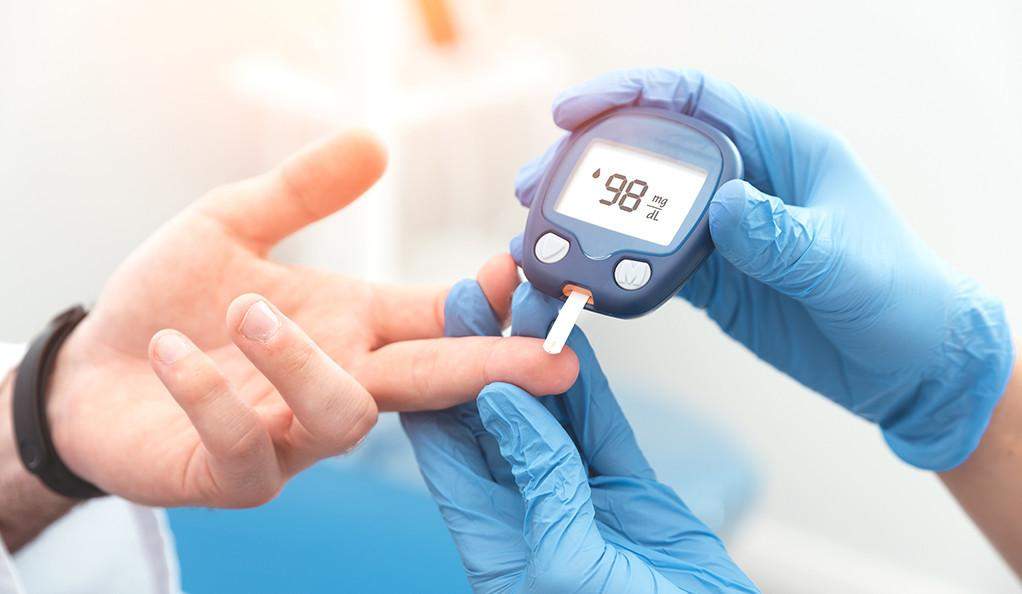If you have been diagnosed with either type 1, type 2, or gestational diabetes, taking daily readings for your blood glucose levels becomes essential to control your condition. It can also help you prevent complications.
Fortunately, you don’t have to run to your nearest clinic or lab to get your glucose readings every day. Plenty of advanced devices have made it easier to get real-time blood glucose readings at home.
Depending on your preference, you can use a constant glucose monitor or get a blood glucose meter. People experiencing diabetes symptoms but are yet to get diagnosed with diabetes should prefer getting a sugar test done at a medical facility first to confirm the condition.
Why Test Blood Sugar?
Regular blood sugar testing provides the information needed to control diabetes effectively. Every activity, including eating, exercising, taking medication, etc., directly influences your blood sugar levels. You should know how different activities affect your blood sugar levels to control your blood glucose levels.
Regular blood glucose testing can help you:
- Monitor the effects of diabetes medications
- Understand how factors like stress, illness, etc., change your blood glucose levels
- Track your progress
- Identify when blood glucose levels are high or low
- Learn how exercise and diet influence blood sugar levels
Once you have all this information, managing diabetes won’t remain a big challenge. So start tracking your blood glucose levels from today.
When is the Best Time to Test Blood Sugar?
Your doctor will determine the best time to take blood sugar readings, depending on the diabetes type you have. If you have Type 1 diabetes, doctor may ask you to take the blood sugar reading 4 to 10 times daily.
The ideal time for people with Type 1 diabetes is before meals, snacks, bed, and after exercise. You may be asked to take more frequent readings when you are ill, start taking a new medicine or change your routine.
If you are having Type 2 diabetes and are taking insulin to improve the condition, you may have to take the reading several times a day. It will generally depend on the insulin type and amount you take.
In most cases, doctors recommend taking a blood sugar reading before meals and bedtime (if you take multiple insulin injections daily). But if you take only long-term or intermediate insulin, you can only test your blood sugar before breakfast and occasionally before dinner or bedtime.
Type 2 diabetes patients who don’t take any insulin medicines and rely heavily on diet and exercise are not required to take blood sugar tests regularly.
How to Test Blood Sugar?
There are multiple ways to test blood sugar levels, like using a glucose meter or a constant glucose monitor. You can also take a fasting sugar test at your nearest healthcare facility if your condition doesn’t require you to take regular readings.
In this case, be aware of the fast blood sugar normal range, so you know how to proceed once the reports are out.
Since the fasting blood sugar test is generally taken by an experienced healthcare professional, let’s look at how you can take these readings on your own, i.e. by using CGM and a glucometer.
Testing Blood Sugar Using CGM
A Continuous Glucose Monitor (CGM) is a modern and advanced device that measures your blood glucose levels every few minutes. A tiny sensor gets inserted under your skinwhen you wear a CGM.
This sensor monitors your glucose levels in real time and keeps updating the data on your wearable device and app. All CGMs come with a manual featuring a step-by-step guide to help you use CGM.
Generally, the sensors in these monitors should be changed every two to three weeks; some modern versions can work perfectly fine for up to three months.
Read more: Health Tips That You Might Often Ignore
Testing Blood Sugar Using Glucose Meters
Call it a glucose meter or glucometer; this easy-to-use glucose reading device is all you need to take your readings at home. You start by cleaning your hands and letting them dry. Once ready, turn the glucometer on and insert a test strip.
Now prick your fingertip using a lancet device and allow a blood drop to be collected on the edge of the test strip. Wipe away the remaining blood and place a clean cotton pad to prevent further flow. In the meantime, the glucometer will show you the blood glucose reading within a few seconds.
People with diabetes should make it a habit to measure, track, and compare their blood glucose levels over time. It will help them take the necessary steps to bring the condition under control.
Now that you have the relevant information needed to begin your sugar-tracking journey, ensure you don’t delay the process further.


